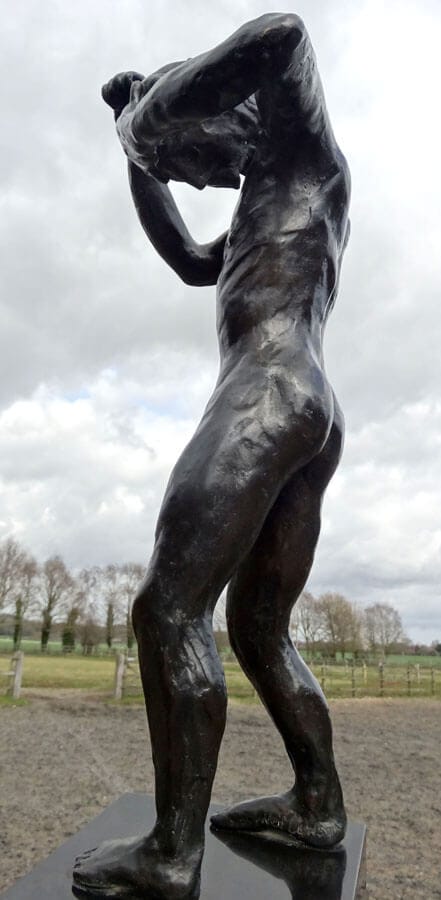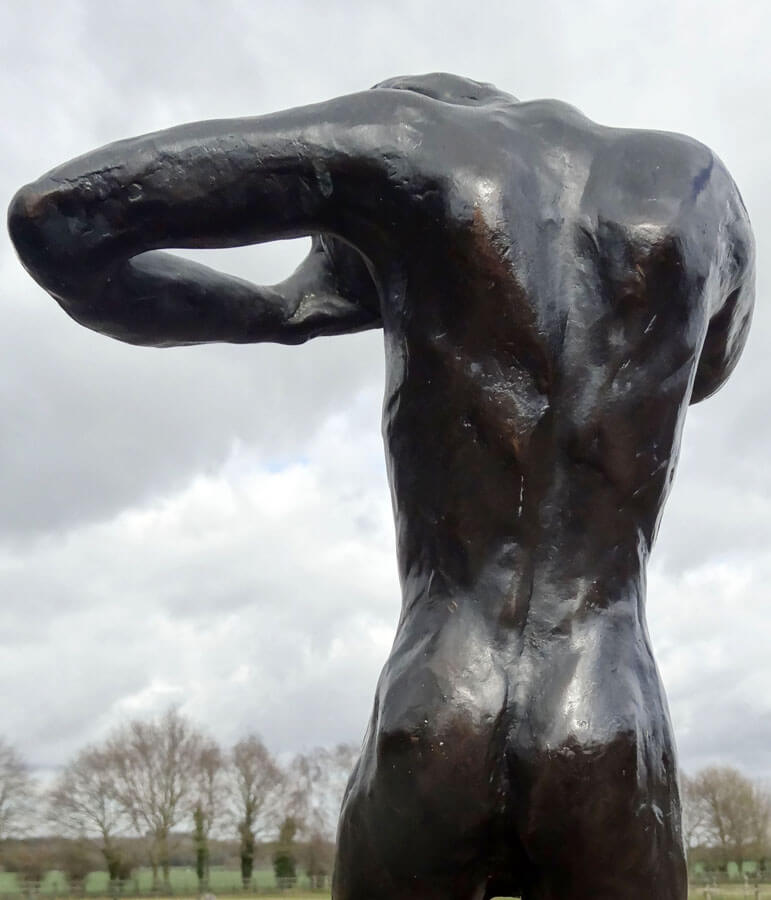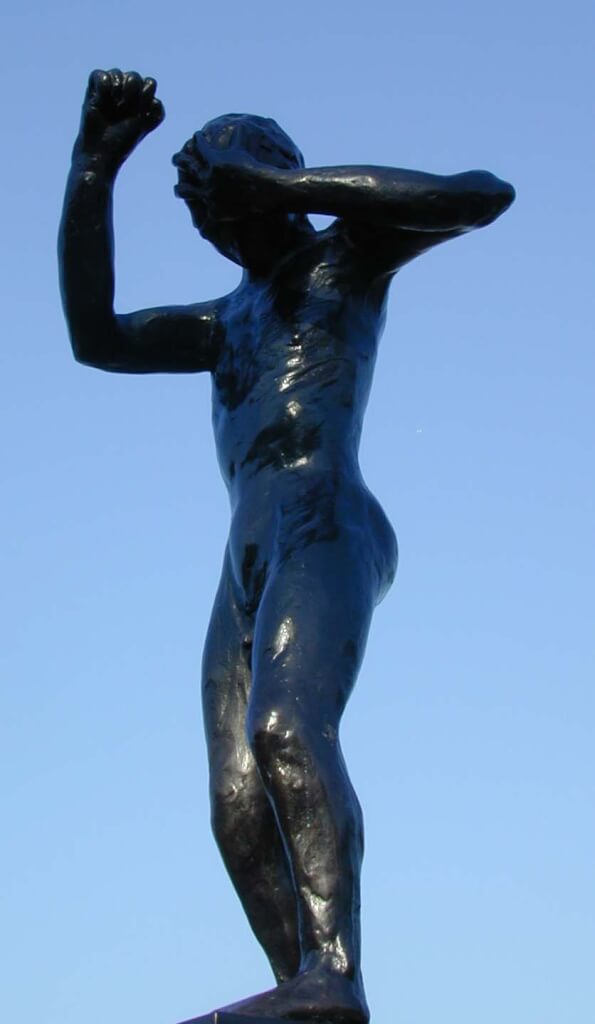SPEAK TO US OF CRIME & PUNISHMENT
The Gibran Sculpture Series


Fine Art Bronze 48 x 13 x 13cm (h x w x d)
This work is shown as a maquette but can also be made life size.
Fine Art Bronze 48 x 13 x 13cm
(h x w x d)
This work is shown as a maquette but can also be made life size.
“It is when your spirit goes wandering upon the wind.
That you, alone and unguarded, commit a wrong unto others and therefore unto yourself.
And for that wrong committed you must knock and wait a while unheeded at the gate of the blessed.“
Kahlil Gibran – The Prophet, 1923.


“The murdered is not unaccountable for his own murder,
And the robbed is not blameless in being robbed.
The righteous is not innocent of the deeds of the wicked,
And the white-handed is not clean in the doings of the felon.
Yea, the guilty is often the victim of the injured.“
Kahlil Gibran – The Prophet, 1923.

Speak to us of Crime & Punishment

Speak to us of Crime & Punishment
Crime and Punishment is the eleventh poem chapter in The Prophet and it is a long one! So please make sure you have a copy of this amazing book and read the poems slowly to absorb their messages.
I find it is the sort of book where sometimes one poem is quite enough. I recommend that you only take on board what you can and think about just a bit at a time.
You will make your own judgements and, I hope,
may learn from verses over many years.
I find The Prophet deep and stimulating and interesting and educational all at the same time.
